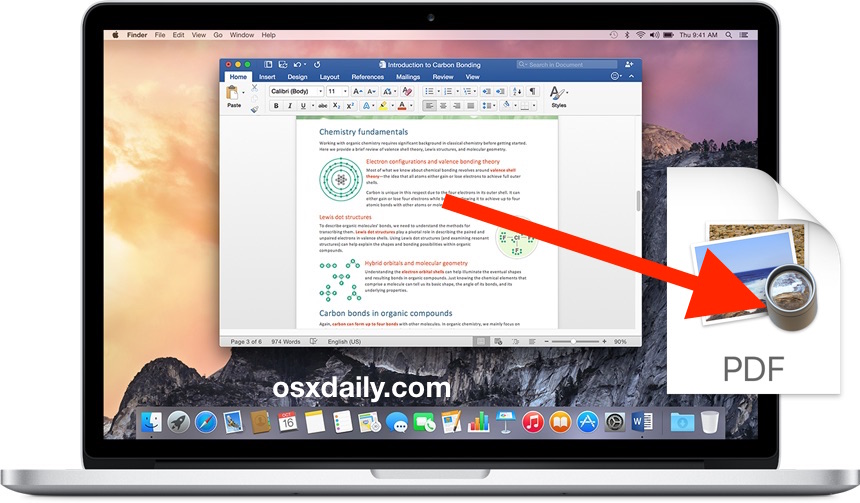


Options let you set common settings, as well as control specific settings. For more info on sections, see Insert a section break. To do this, choose Select Sections in the Restrict Editing panel. If you want to protect only parts of the document, separate the document into sections and only protect the sections you want. Open the form that you want to lock or protect.Īfter selecting restrictions, select Yes, Start Enforcing Protection. If you want to limit how much others can edit or format a form, use the Restrict Editing command: Select the content control that you want to change. For example, the Date Picker control offers options for the format you want to use to display the date. Set or change properties for content controlsĮach content control has properties that you can set or change. Select the Legacy Form control or Active X Control that you want to include. Go to Developer > Legacy Forms drop-down. Then click OK to accept the changes.Legacy form controls are for compatibility with older versions of Word and consist of legacy form and Active X controls.Ĭlick or tap where you want to insert a legacy control. On the Summary tab, make sure to delete any information you don't want to appear, such as Author, Title and Comments. When finished, click the File menu and select Save.In the Comments section of the toolbar, click the Previous or Next icons. In the Comments section of the toolbar, click the down arrow next to Delete and select Delete All Comments in Document. If your document contains comments, perform one of the following:.For each change, click Accept or Reject.Ĭlick the down arrow next to Reject and select Reject All Changes or Reject All Changes and Stop Tracking. If your document contains tracked changes, perform one of the following:Ĭlick the down arrow next to Accept and select Accept All Changes or Accept All Changes and Stop Tracking.Ĭlick the Previous Change or Next Change icons.At a minimum, make sure a check mark appears next to each of the following items:Īlso highlight Reviewers and make sure all All is selected.Select All Markup and then click Markup Options.On the Summary tab, make sure to delete any information you don't want to appear, such as Author, Title and Comments. Note that they do not pertain to the online versions of these programs. Perform the following steps each time you plan to distribute a final electronic copy of a Word, PowerPoint or Excel file. If you are prompted to save the document changes when you close the file, click Save.įor more information, see the Microsoft support page.Click Remove All to delete the information. If it finds any items, you will be prompted to remove them. The system will search for items that pertain to the categories you selected.* - You will need to scroll down to see this option. Document Properties and Personal Information In the Document Inspector window, select at a minimum, the following options:.Click the Check for Issues icon shown in a box and then click Inspect Document.In your original document, click the File tab and then click Info. You will see some of the hidden information on the right.Then select where you want to save the file, type a name in the File Name box and click Save. Save a copy of your document by clicking the File tab and selecting Save As.Perform the following steps each time you plan to distribute a final electronic copy of a Word, PowerPoint or Excel file. Note that these instructions do not pertain to the online versions of these programs. There are some simple ways to do this, as described below. To protect any sensitive information from accidentally being made public, Information Technology Services recommends that you get into the habit of removing this information before distributing final electronic copies of your documents. Name of author and person who last modified the file.Tracked changes, comments, annotations, and versions, even if not displayed.Any hidden comments or revisions in these documents could then possibly be used as evidence.Įxamples of hidden or personal information that are stored in Office documents include: It could even potentially put the university at legal risk.įor example, during the discovery phase in a lawsuit, electronic copies of relevant documents could be subpoenaed. Depending on the nature of the information, this could place you in an embarrassing or compromising position. You may not be aware that your Word, Excel, and PowerPoint files often contain hidden or personal information, such as revisions or comments, that others can access.


 0 kommentar(er)
0 kommentar(er)
